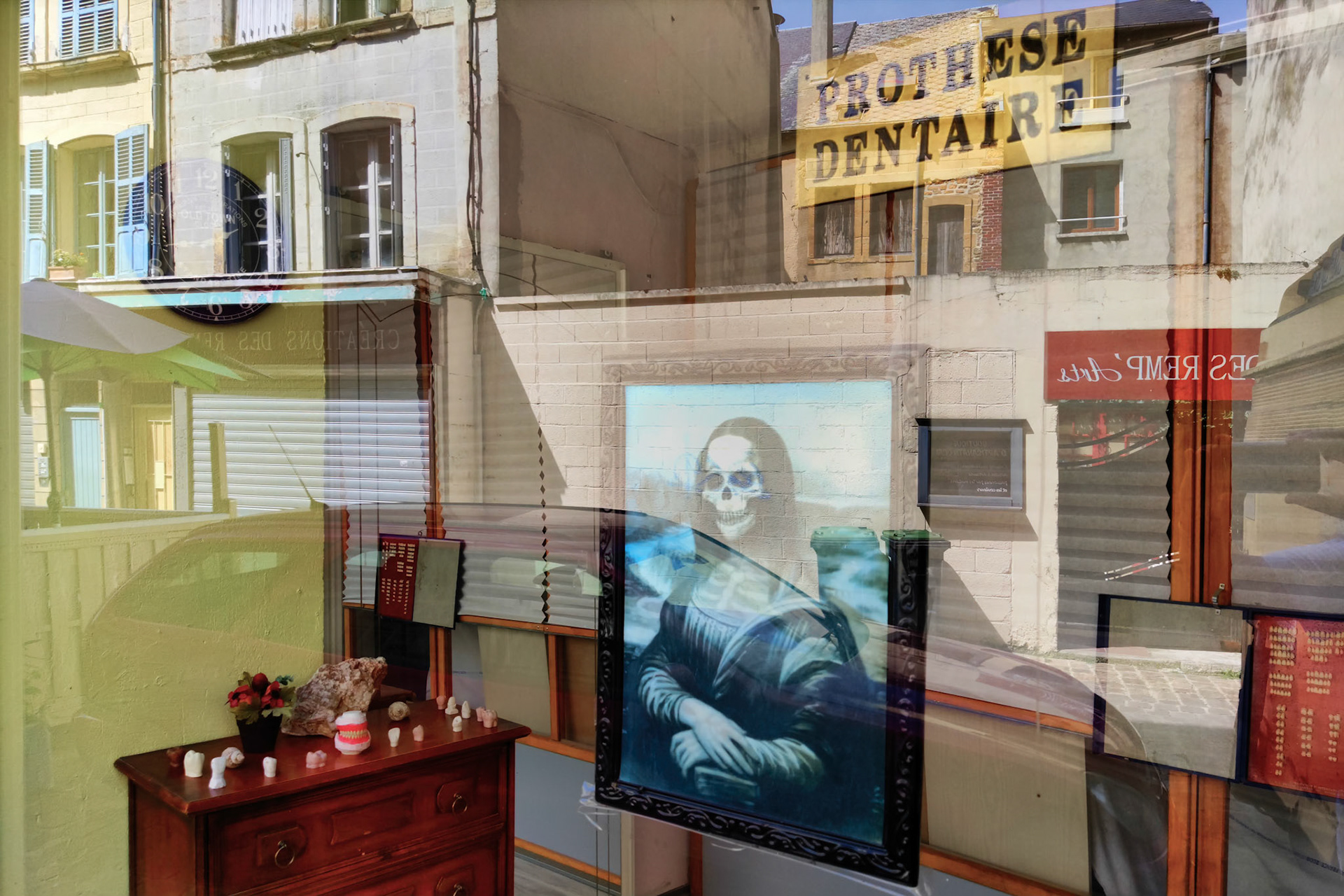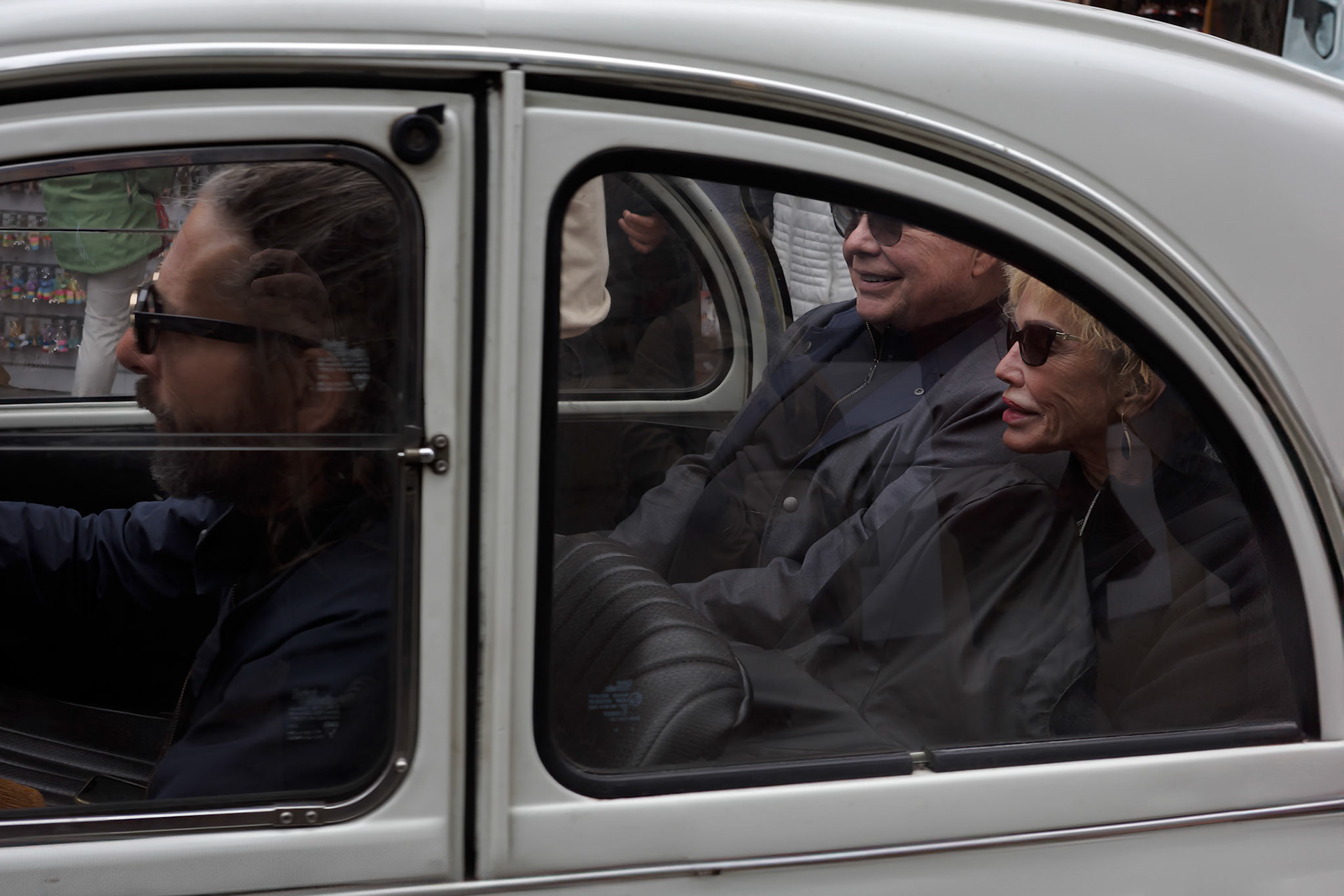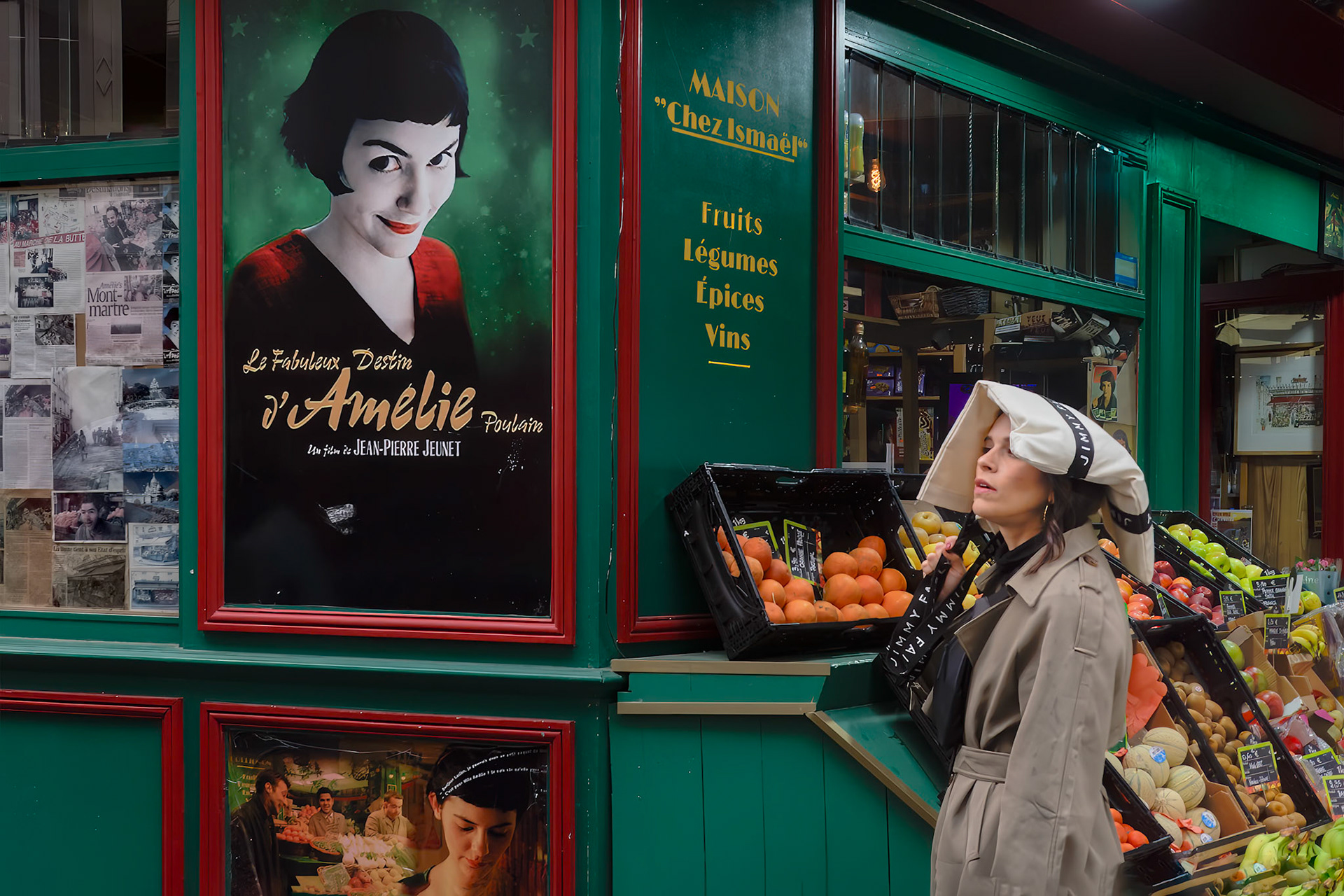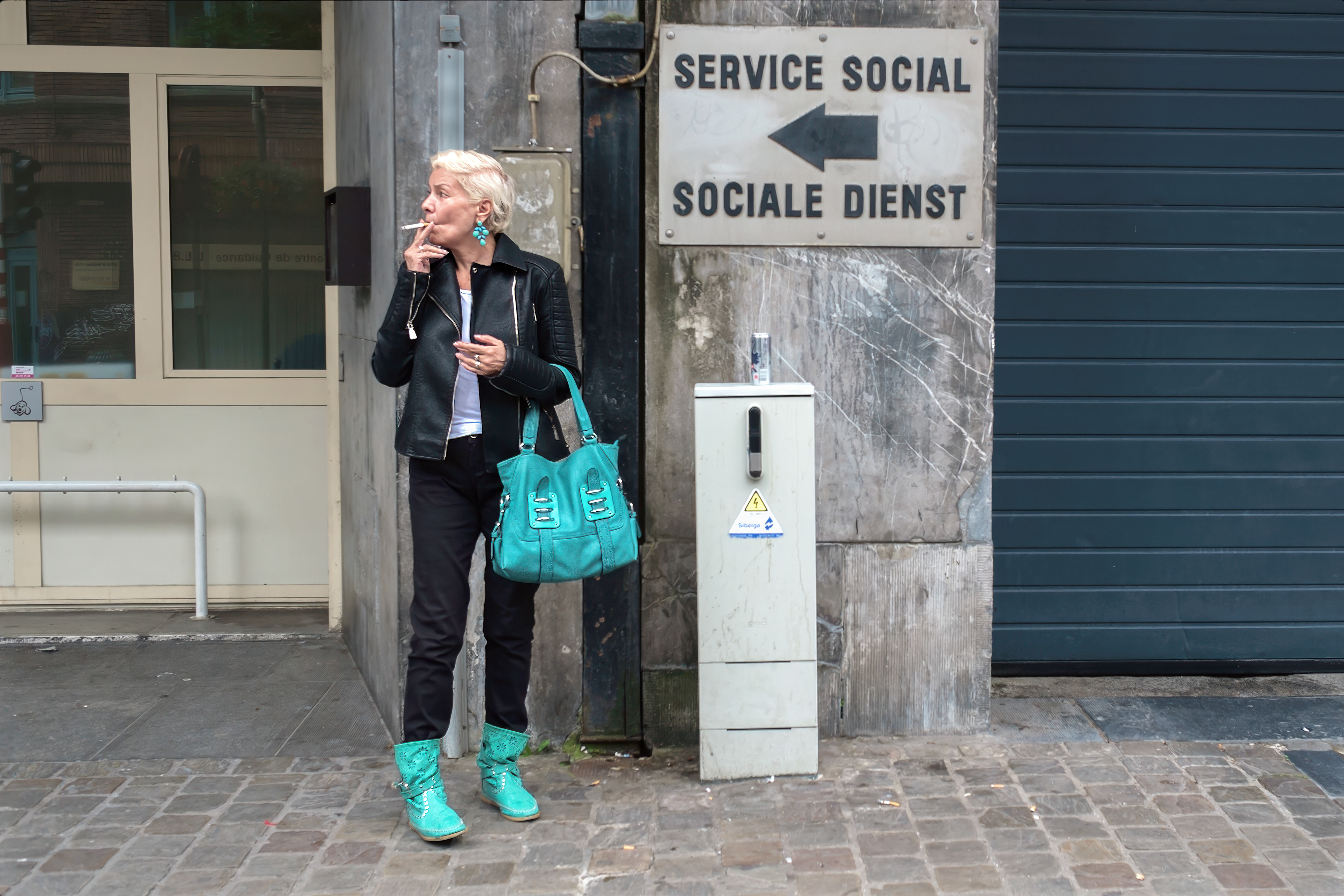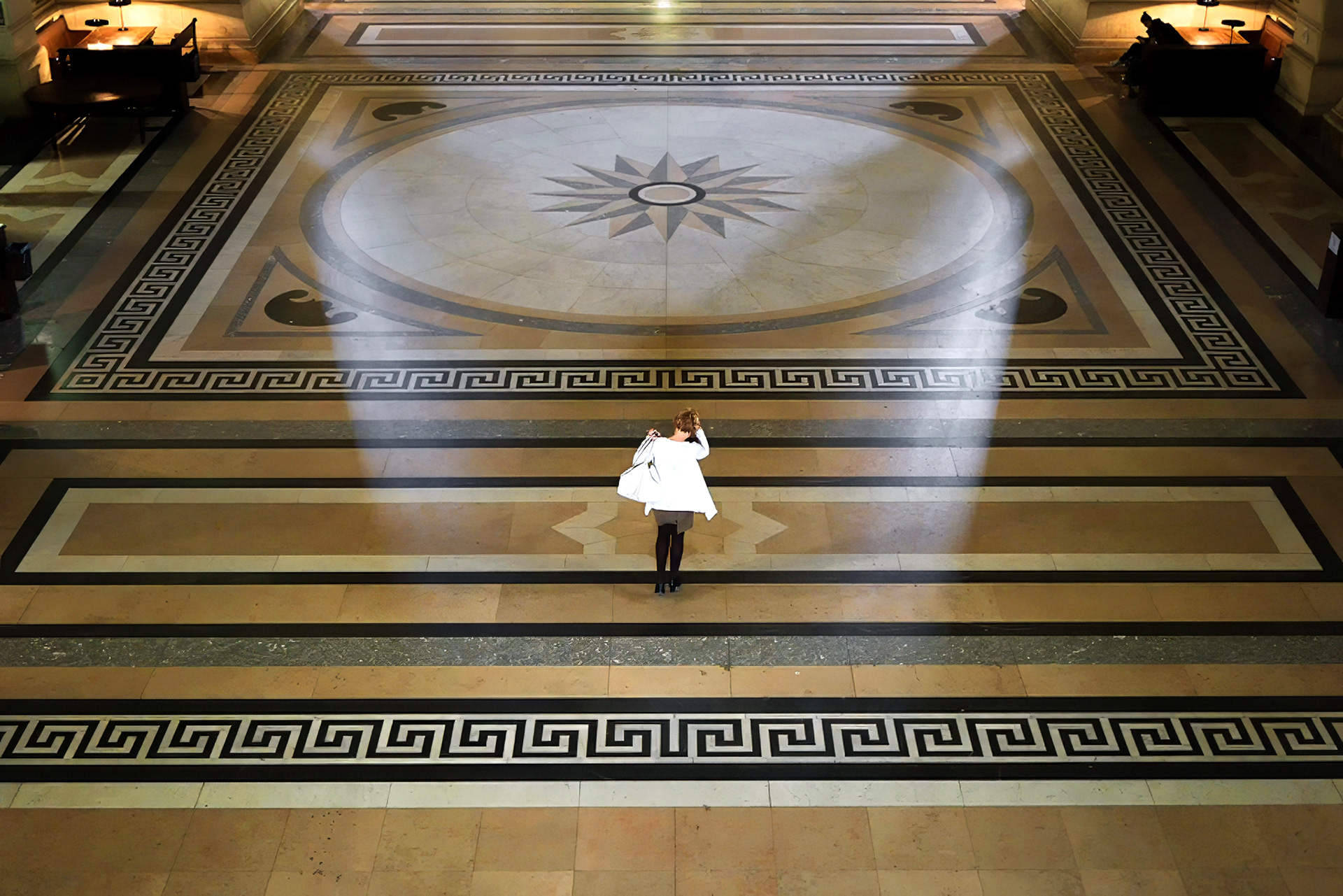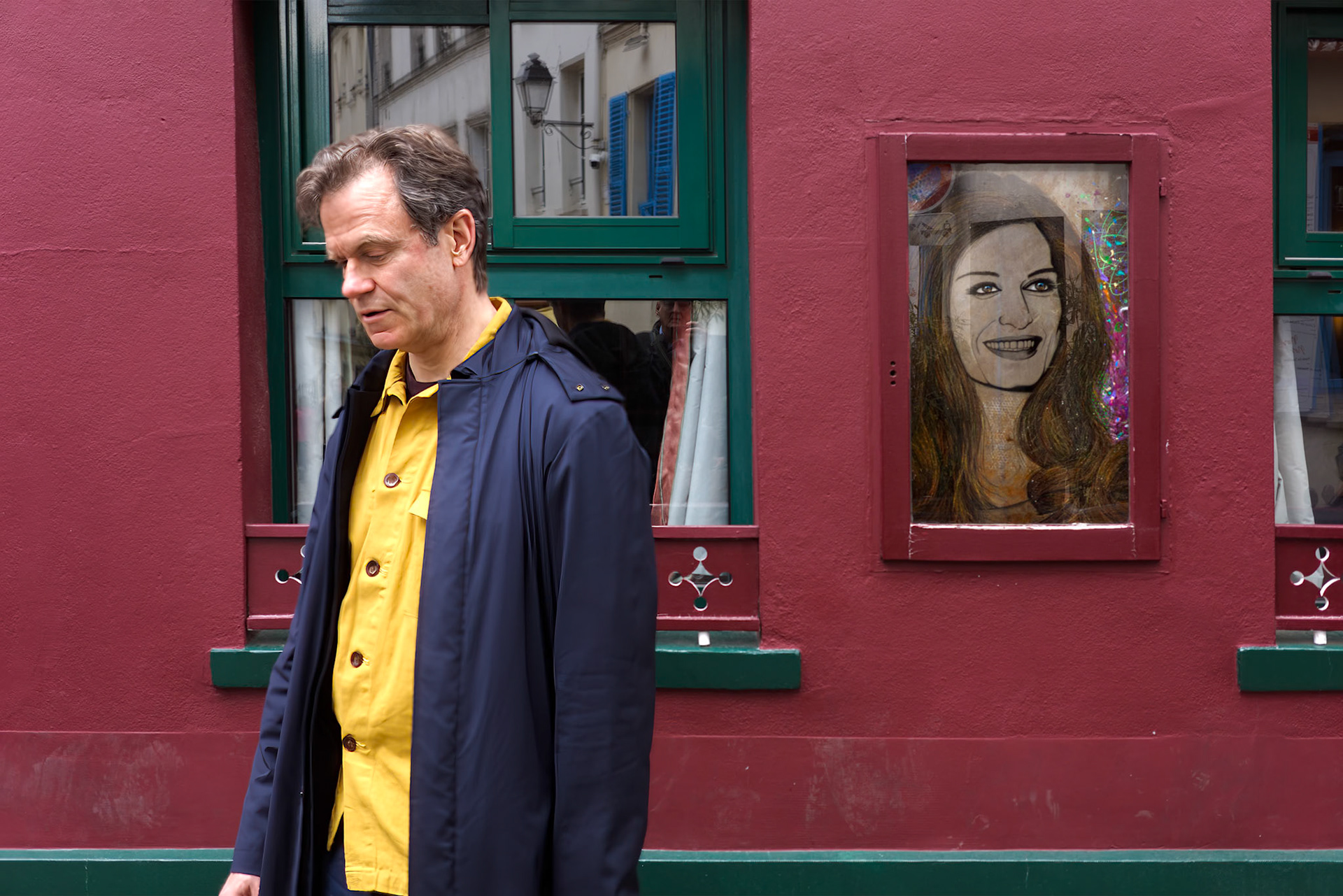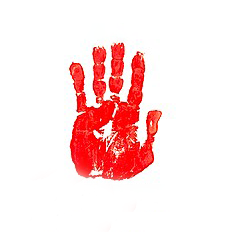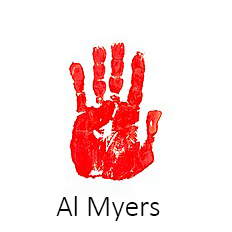Welcome to the website.
The images here have been created, for the most part, from chance moments encountered in the course of everyday life. It is a fairly random process, very much in line with the approach of Harry Gruyaert who never has a plan and just follows his instinct. If you don't know much about Harry Gruyaert, you can get a taste from this short video.
Sometimes, the backgrounds have been chosen consciously, and then it is a case of waiting for something to happen, some spark that gives you a reason to trip the shutter. So, it is a fairly casual type of photography that might lend itself to the “snapshot aesthetic” approach, but that is not a style that I warm to. I prefer form and composition, as well as colour, something that will add some order and clarity to what are fairly ordinary subjects.
I am not interested in “documenting reality”, I just take photos of things that catch my eye. For the most part, there is no obvious meaning but if they are visually pleasing or interesting in some shape or form, then it is job done.
